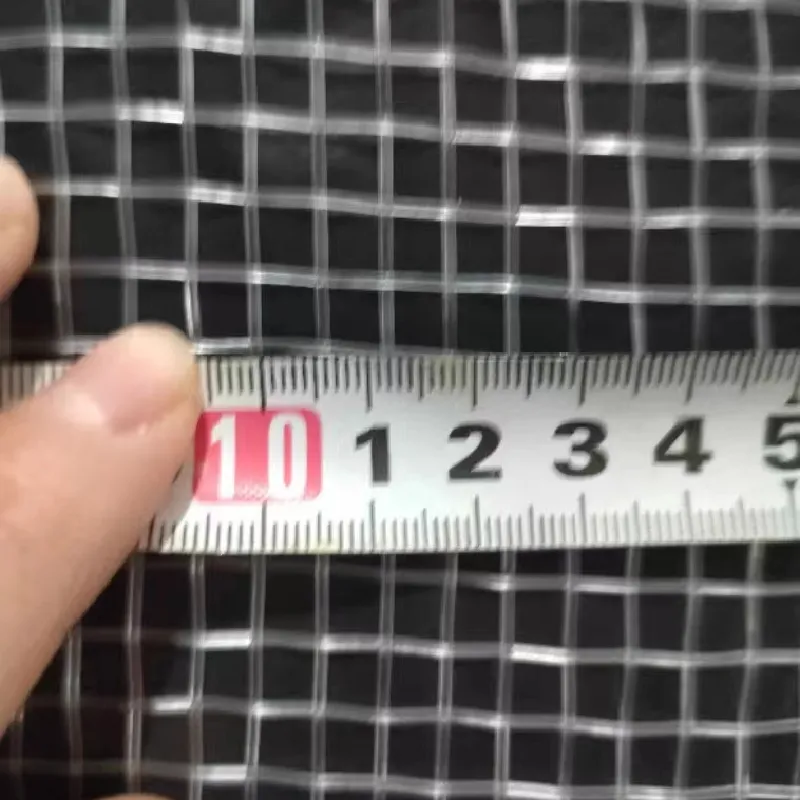-
 Afrikaans
Afrikaans -
 Albanian
Albanian -
 Amharic
Amharic -
 Arabic
Arabic -
 Armenian
Armenian -
 Azerbaijani
Azerbaijani -
 Basque
Basque -
 Belarusian
Belarusian -
 Bengali
Bengali -
 Bosnian
Bosnian -
 Bulgarian
Bulgarian -
 Catalan
Catalan -
 Cebuano
Cebuano -
 China
China -
 Corsican
Corsican -
 Croatian
Croatian -
 Czech
Czech -
 Danish
Danish -
 Dutch
Dutch -
 English
English -
 Esperanto
Esperanto -
 Estonian
Estonian -
 Finnish
Finnish -
 French
French -
 Frisian
Frisian -
 Galician
Galician -
 Georgian
Georgian -
 German
German -
 Greek
Greek -
 Gujarati
Gujarati -
 Haitian Creole
Haitian Creole -
 hausa
hausa -
 hawaiian
hawaiian -
 Hebrew
Hebrew -
 Hindi
Hindi -
 Miao
Miao -
 Hungarian
Hungarian -
 Icelandic
Icelandic -
 igbo
igbo -
 Indonesian
Indonesian -
 irish
irish -
 Italian
Italian -
 Japanese
Japanese -
 Javanese
Javanese -
 Kannada
Kannada -
 kazakh
kazakh -
 Khmer
Khmer -
 Rwandese
Rwandese -
 Korean
Korean -
 Kurdish
Kurdish -
 Kyrgyz
Kyrgyz -
 Lao
Lao -
 Latin
Latin -
 Latvian
Latvian -
 Lithuanian
Lithuanian -
 Luxembourgish
Luxembourgish -
 Macedonian
Macedonian -
 Malgashi
Malgashi -
 Malay
Malay -
 Malayalam
Malayalam -
 Maltese
Maltese -
 Maori
Maori -
 Marathi
Marathi -
 Mongolian
Mongolian -
 Myanmar
Myanmar -
 Nepali
Nepali -
 Norwegian
Norwegian -
 Norwegian
Norwegian -
 Occitan
Occitan -
 Pashto
Pashto -
 Persian
Persian -
 Polish
Polish -
 Portuguese
Portuguese -
 Punjabi
Punjabi -
 Romanian
Romanian -
 Russian
Russian -
 Samoan
Samoan -
 Scottish Gaelic
Scottish Gaelic -
 Serbian
Serbian -
 Sesotho
Sesotho -
 Shona
Shona -
 Sindhi
Sindhi -
 Sinhala
Sinhala -
 Slovak
Slovak -
 Slovenian
Slovenian -
 Somali
Somali -
 Spanish
Spanish -
 Sundanese
Sundanese -
 Swahili
Swahili -
 Swedish
Swedish -
 Tagalog
Tagalog -
 Tajik
Tajik -
 Tamil
Tamil -
 Tatar
Tatar -
 Telugu
Telugu -
 Thai
Thai -
 Turkish
Turkish -
 Turkmen
Turkmen -
 Ukrainian
Ukrainian -
 Urdu
Urdu -
 Uighur
Uighur -
 Uzbek
Uzbek -
 Vietnamese
Vietnamese -
 Welsh
Welsh -
 Bantu
Bantu -
 Yiddish
Yiddish -
 Yoruba
Yoruba -
 Zulu
Zulu
Exploring the Benefits and Applications of GFRP Mesh in Construction and Engineering Projects
The Applications and Benefits of GFRP Mesh in Modern Construction
Glass Fiber Reinforced Polymer (GFRP) mesh has emerged as a revolutionary material in the construction industry, providing innovative solutions to a variety of challenges faced by engineers and builders. Composed of glass fibers embedded in a polymer matrix, GFRP mesh offers superior strength, durability, and resistance to corrosion, making it an excellent alternative to traditional materials. This article explores the properties, applications, and benefits of GFRP mesh in modern construction.
Properties of GFRP Mesh
GFRP mesh is renowned for its lightweight yet robust characteristics. Unlike steel reinforcement, GFRP mesh is considerably lighter, which simplifies handling and installation. Its high tensile strength allows it to withstand significant loads, making it suitable for various structural applications. Additionally, the non-corrosive nature of GFRP mesh ensures longevity, especially in harsh environments where conditions may lead to the deterioration of conventional materials. GFRP is also resistant to chemical attack, adding to its versatility in different settings.
Applications in Construction
GFRP mesh has a wide range of applications in construction, owing to its unique properties. One of the most common uses is in concrete reinforcement. Traditional steel reinforcement may suffer from corrosion over time, particularly in environments exposed to moisture and chemicals. GFRP mesh provides a corrosion-resistant alternative, enhancing the lifespan of structures such as bridges, tunnels, and roadways.
Another significant application of GFRP mesh is in the reinforcement of pavements and slabs. When used in concrete pavements, GFRP mesh improves load distribution and crack resistance, leading to extended service life and reduced maintenance costs. This is particularly important for airports and industrial facilities that experience heavy traffic loads.
In the realm of retrofitting and strengthening existing structures, GFRP mesh has proven to be highly effective. It can be applied to existing beams, columns, and walls to enhance their load-bearing capacity without adding significant weight. This is crucial for seismic retrofitting applications, where maintaining structural integrity during earthquakes is essential.
gfrp mesh

Moreover, GFRP mesh is gaining traction in the manufacturing of precast concrete products. Its lightweight nature facilitates the production and transport of precast elements, while its strength ensures structural reliability. As the demand for sustainable and efficient construction methods grows, GFRP offers a compelling solution.
Benefits of GFRP Mesh
The advantages of incorporating GFRP mesh into construction projects are manifold. Firstly, the reduction in weight minimizes transportation costs and simplifies installation procedures, leading to significant time savings on project timelines. Secondly, the corrosion resistance of GFRP mesh reduces the long-term maintenance costs associated with traditional materials, translating to economic benefits over the life cycle of the structure.
Another noteworthy benefit is its environmental impact. GFRP mesh can be produced using sustainable practices, and its long lifespan contributes to reduced material waste. As more industries strive for environmentally friendly options, GFRP mesh stands out as a promising alternative.
Lastly, the versatility of GFRP mesh allows it to be used in various applications, from residential buildings to large-scale infrastructure projects. Its adaptability ensures that it can meet specific project requirements, making it a favored choice among engineers and architects.
Conclusion
In summary, GFRP mesh represents a significant advancement in construction materials, offering unmatched strength, durability, and versatility. Its applications range from structural reinforcement to pavements and retrofitting, addressing some of the critical challenges faced by the industry. As the construction sector continues to evolve, GFRP mesh will undoubtedly play a pivotal role in shaping the future of building and infrastructure development, paving the way for safer, more efficient, and sustainable construction practices.
-
Shipping Plastic Bags for Every NeedNewsJul.24,2025
-
Safety Netting: Your Shield in ConstructionNewsJul.24,2025
-
Plastic Mesh Netting for Everyday UseNewsJul.24,2025
-
Nylon Netting for Every UseNewsJul.24,2025
-
Mesh Breeder Box for Fish TanksNewsJul.24,2025
-
Expanded Steel Mesh Offers Durable VersatilityNewsJul.24,2025











